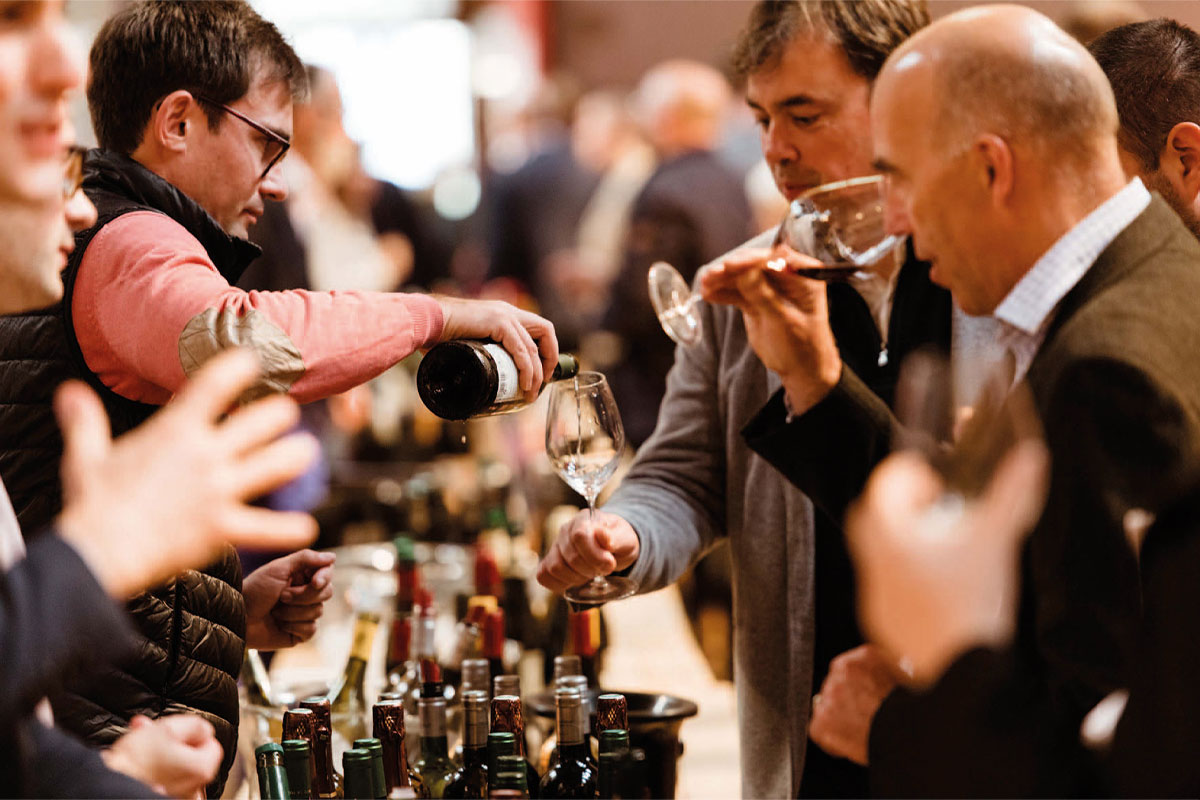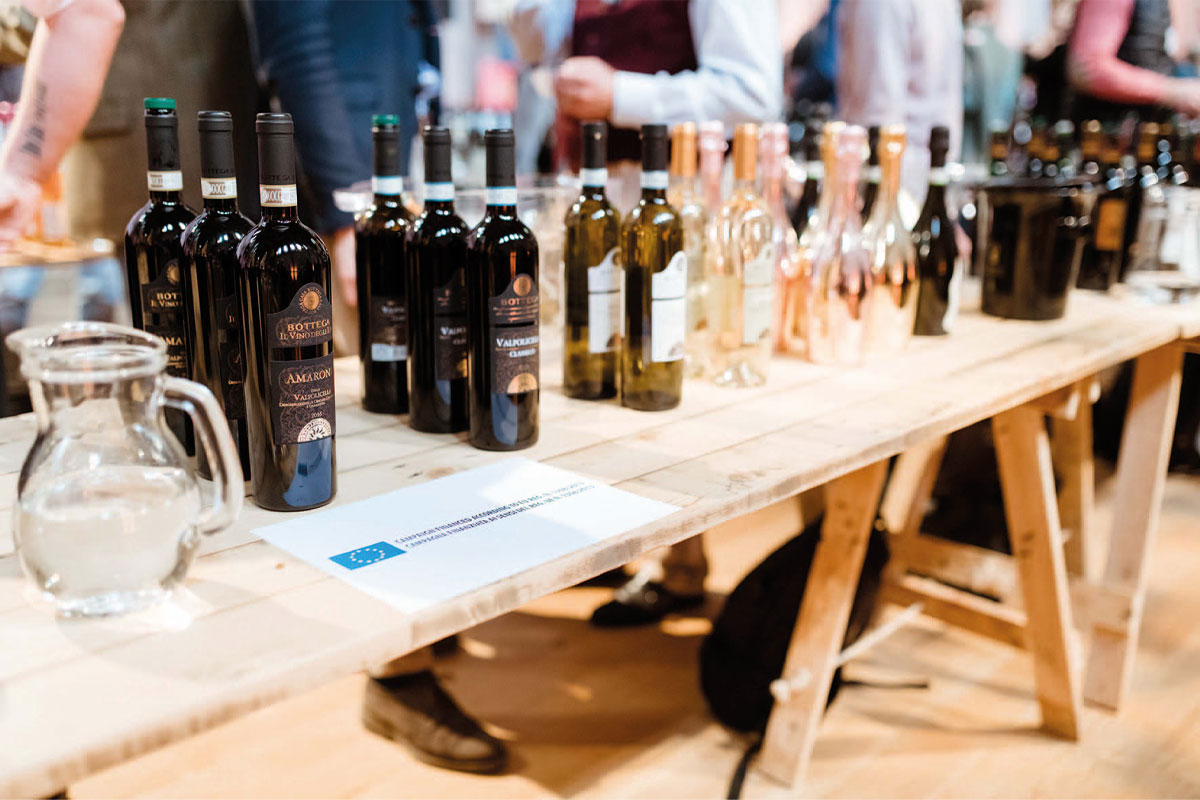Wine continues to be the second biggest drinks category in Scottish venues

THE second-biggest drinks category in the Scottish on-trade by value, wine sales topped £336 million between mid 2021 and summer of this year, according to CGA.
While that’s significantly down on the 2019 figure (£430m) it’s nevertheless a sizeable amount of revenue.
Speaking to SLTN, Harriet Kininmonth, wine trading director at C&C Group, which supplies wine to over 3200 on-trade customers in Scotland, said she was upbeat about wine sales in Scottish venues moving into 2023 – even as the cost of living crisis bites into the market.
A greater focus on sustainability and continued growth in low and no alcohol wines were predicted to be among the big trends of the next 12 months, with licensees advised to ensure their house wines selection is good quality and affordable, with options for those customers that want to treat themselves.
Kininmonth said in the past year the company has seen increases in Champagne sales in Scotland, as well as a greater interest in English wines – a sector that was barely a blip five years ago.
“It’s been something that you haven’t always felt was going to be in huge demand, but there is an increased demand for it,” she said.
She added that, in wine-terms, English wine is as close as many Scottish premises will be able to come to sourcing their product locally.
On the established side, Kininmonth said Malbec has been performing strongly ‘at all price points, from entry-level through to that premium level’.
“And it is one of those wines that you don’t have to put in at the lowest price point,” she said. “Consumers are willing to trade up to Malbec.”
Having Malbecs and other instantly recognisable wines such as Cabernet Sauvignon and Sauvignon Blanc at affordable prices was said to be essential for the value end of the market, with space for more unusual wines in casual dining and what Kininmonth called ‘premium casual dining’ outlets.
She said: “I think when you start to move up to casual dining and premium casual dining, there’s the opportunity, with the right training, to educate a little bit or put some more alternatives on the map.
“That’s something we’re passionate about as a company, because we want to meet the consumer needs but we also want to drive the trends and educate in the right outlets where we know there might be a consumer that’s slightly more adventurous than others.
“So it’s making sure you’ve got a few more interesting or alternative grape varieties.
“Could that be a Picpoul or an Albarino or a Tempranillo? There’s opportunity in that entry-plus level to be a little bit more creative.”
Wine suppliers will also be getting more creative in the way they package their wines, said Kininmonth.
She reckoned, with the Deposit Return Scheme due to launch in Scotland in 2023, there will be a growing demand for wines supplied in formats such as keg or bag-in-box.
“If you come down to some parts of London you get the trendy places in Shoreditch and east London that have natural wines in keykeg and are really championing it,” she said.
“The trends often start there and then filter out into the regions and up into Scotland.
“It’s a really good preservation system and if you can educate and communicate well, and the wine tastes great – which it can – then I don’t see it as a particularly big hurdle to overcome.
“I think it’s something that people should be looking at and companies like ourselves should be exploring and educating our staff and customers on.”
Wine – and on-trade alcohol sales in general – will likely face more challenges next year, however, and Kininmonth acknowledged that visits to premises could be down in the new year as customers look to cope with the cost of living.
She advised operators to ensure they have something customers can treat themselves with when they do venture into premises.
“It’s a bit of guesswork, but maybe people will get through Christmas and then hibernate for a few months,” she said.
“Maybe some of the consumption will move to the off-trade.
“I think there’s probably two sides to it. There’ll probably be some customers who’ll be consolidating their lists. But on the other hand we are seeing some restaurants in Scotland starting to premiumise.
“So I think it’s making sure you have a really strong house, entry-level offering. But, actually, although people might not go out as much, when they do they’re more willing to treat themselves, and they want that experience.
“So they might stay at home and drink a couple of times a week but go out once a week or a couple of times a month, and when they do they’re not going to hold back as much and they’ll want to really enjoy themselves.
“So there’s still going to be a home for really good wine consumption in the market.”




















